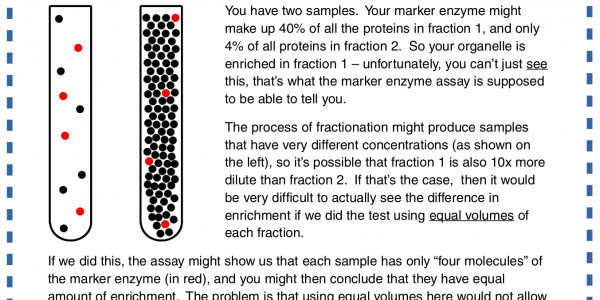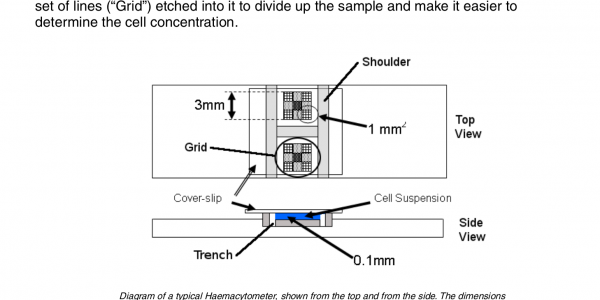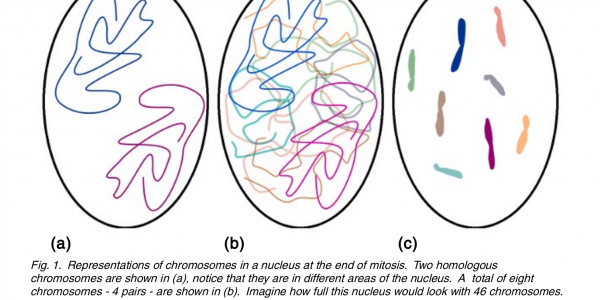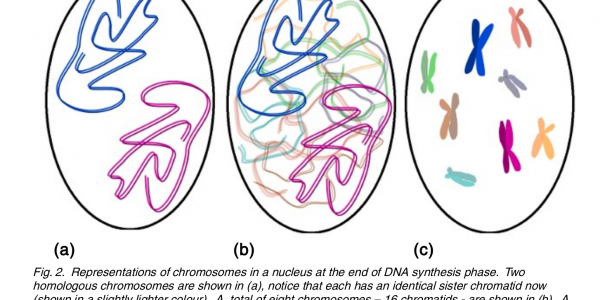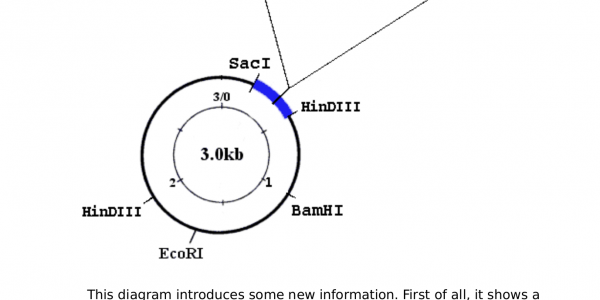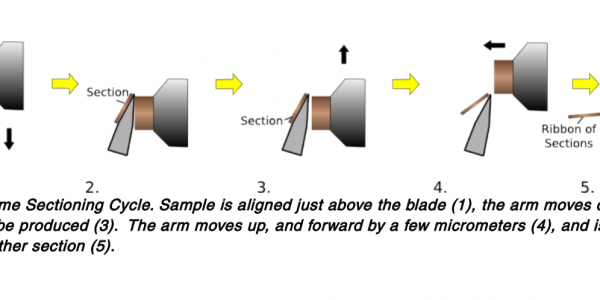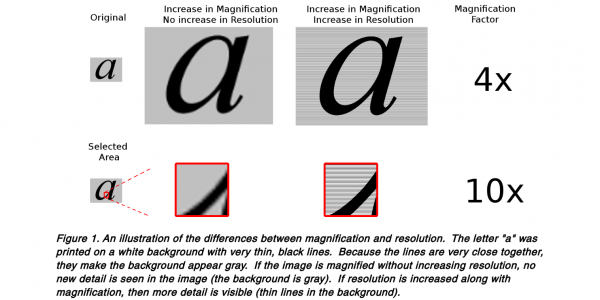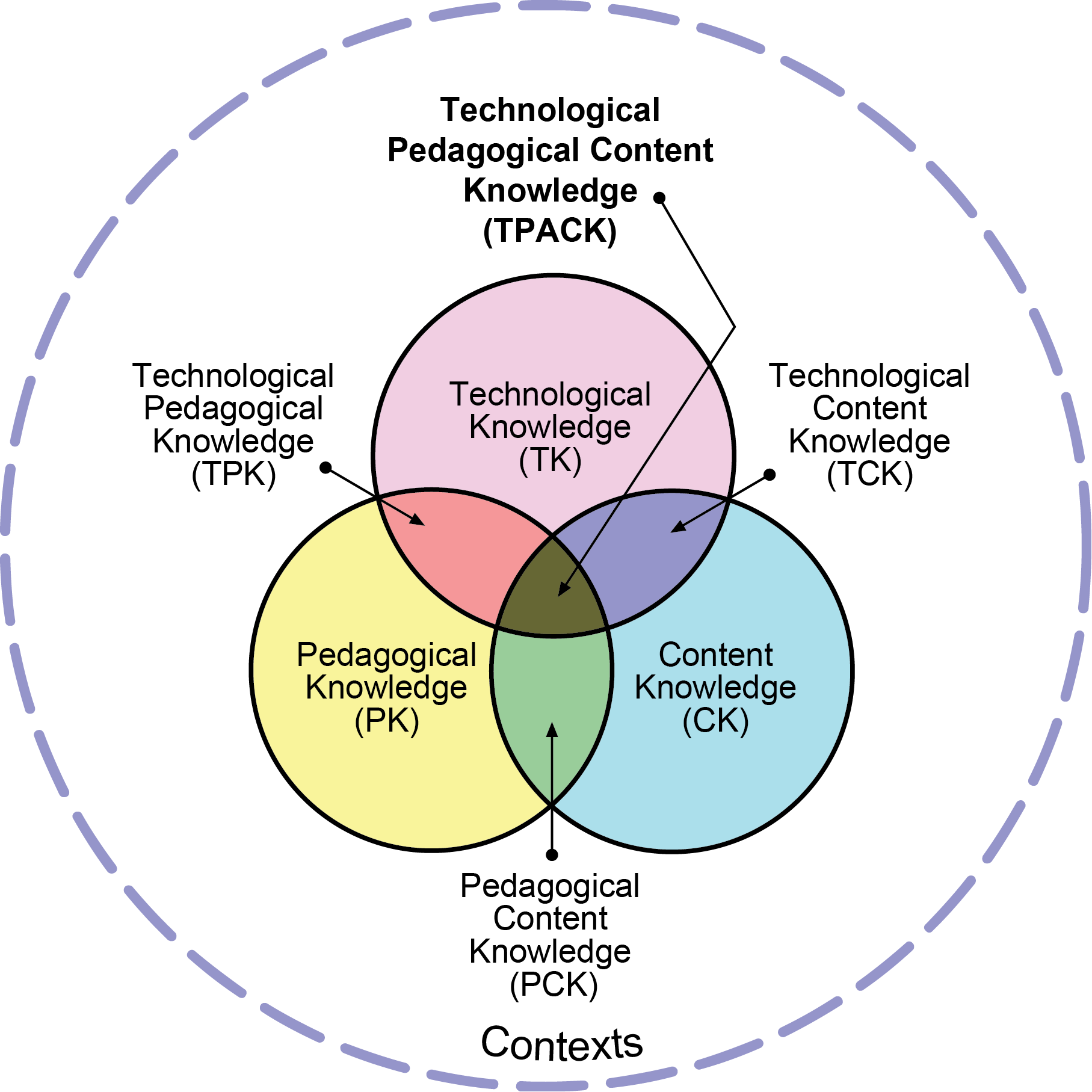My first attempt at using technology to teach content was a “bioinformatics tutorial”; it was essentially a step-by-step guide to completing a particular assignment.
By today’s standards, the tutorial (as well as the one that followed it) is not particularly impressive. In fact, it is simply an electronic version of what I could have printed in the laboratory manual, except that it included direct web-links. But, it did leverage the existing technology to deal with a particular learning issue – the need for “just-in-time” help/learning.
Looking back on it, my use of technology wasn’t informed by any knowledge of pedagogy, and I’m not sure that the students actually learned much from the tutorial besides: “if I follow these instructions, I will get a good grade on this”. In fact, I now feel that the “tutorial” may have actually undermined the learning experience by providing a little too much guidance.
But, the effect of this intervention was quite pronounced. All the TAs noticed a decrease in the number of panicked student emails related to the assignment, and many more of the submitted papers were completed correctly. This initial “success” is what gave me the motivation to continue to look for ways to use technology to help students learn, and I feel that some of my later efforts in that course actually did a better job of that.
Among the components of my website that could be seen as “steps in the right direction” in terms of the use of technology for learning, are my use of a discussion forum, as well as my later attempts to include more visual information in my tutorials (Mayer, 2014) once internet speeds were less likely to cause issues of access for students (Bates, 2014).
While I wasn’t specifically using my discussion forum in any form of a constructivist way – I certainly wasn’t doing any of the things suggested by Sutton-Grier and colleagues (2016) – it did promote contact between me and my students, which is suggested as a “good practice” by Chickering and Ehrmann (1996). I feel that contact through this format was further promoted by the fact that the students were able to be completely anonymous when they posted their questions – this removed the barrier of “I don’t want my prof to think I’m stupid for asking such a dumb question”.
Once I started working as a lecturer, I allowed the presence of an LMS to make me a bit complacent about applying technology to my teaching. Also, at this point, I was responsible for maintaining lab manuals and preparing PowerPoint slides for my lectures, so my use of technology tended to involve an office suite and some graphics programs. I especially relied on graphics to help illustrate ideas and concepts.
While none of the MET courses specifically address the TCK domain – they can’t, the teaching backgrounds of my peers are far too varied – many of them have provided me with the experience and the confidence to produce the educational content in a way that leverages technology.
For example, one of my first group projects in the MET program involved the production of an interactive website aimed at a very young audience (much younger than I had ever taught). As a result, our focus was on using technology to provide interactivity and promote direct engagement of the audience – something I hadn’t been able to truly accomplish with the tools I had available in the past. The experience introduced me to numerous small tools which are easily added to an online resource to make it more interactive.
Additionally, it wasn’t until I made my first YouTube video for ETEC510, that I realized just how easy it can be to generate teaching content in online video form. My first attempt to present course-specific content in video form was a brief explanation of how to solve a problem, which gave many of my students some trouble in their Genetics lab:
I recorded and posted the video right after the class during which they worked on this problem. There was no fancy setup or preparation, I simply printed out the problem sheet and mounted a webcam above a stack of paper where I could write as I explained the solution to the problem.
I felt that providing the explanation in this format would be more helpful than simply explaining it in class in the following week. It would give the students immediate feedback (Chickering & Ehrmann, 1996) while the problem was still relatively fresh in their minds. It would also allow them to follow my explanation at their own pace – they could pause and rewind as necessary (Kim et al, 2014).
Unfortunately, I did not receive much feedback from students on this – only a couple of them mentioned that they watched it and it helped. Also, since they normally solve these types of problems in the lecture part of the course (with a different instructor), I was not able to see if my intervention had any effect on their ability to solve similar problems in a test situation.




